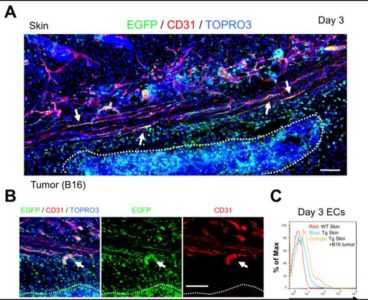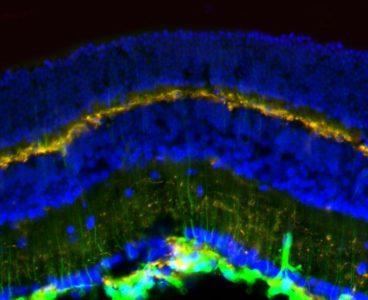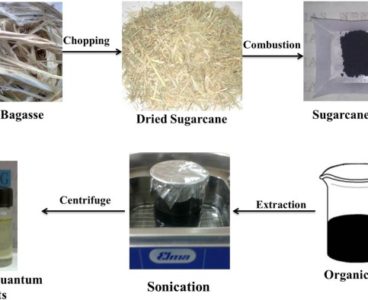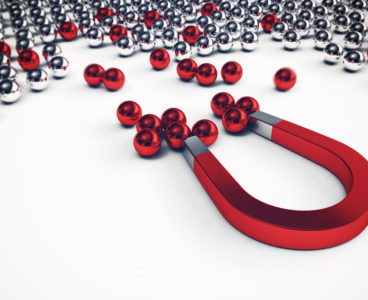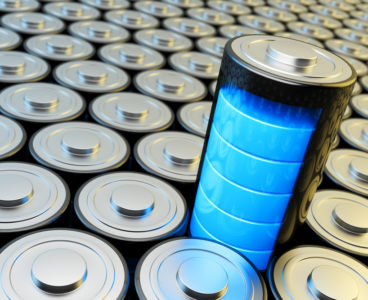
At Last, a Simple 3D Printer for Metal
Used to produce three-dimensional objects of almost any type, across a range of industries, including healthcare, aviation and engineering, 3D printed materials have come of age during the last decade. Research published in the journal Materials Today demonstrates a new approach to 3D printing to fuse metallic filaments made from metallic glass into metallic objects.…
Traumatic Brain Injury Biomarker Shows Promise to Support Rapid Damage Evaluation and Predict Outcomes
A new study in The American Journal of Pathology found that a brain lipid molecule, lysophosphatidic acid (LPA), was significantly increased after traumatic brain injury (TBI) in a preclinical animal model. They also found that it was elevated in areas associated with cell death and axonal injury, both major hallmarks of moderate and severe TBI.…
New Study Links Poor Sleep Quality to Atrial Fibrillation
Biomarker Helps Identify ‘Window of Opportunity’ for Cancer Chemotherapy Timing
Angiogenesis, the formation of new blood vessels, is essential for tumor growth. A new studyreported in The American Journal of Pathologydescribes a vascular stabilization biomarker that can visualize blood vessel activity, thus optimizing the timing of anticancer therapies including anti-angiogenics. Combination therapy using angiogenesis inhibitors and anticancer drugs can improve drug delivery into tumor tissues and prolong…
Photosynthesis Originated a Billion Years Earlier Than We Thought
Ancient microbes may have been producing oxygen through photosynthesis a billion years earlier than we thought, which means oxygen was available for living organisms very close to the origin of life on earth. In a new article in Heliyon, a researcher from Imperial College London studied the molecular machines responsible for photosynthesis and found the…
Induced Pluripotent Stem Cells Show Astrocyte-Neuron Impact on Brain Pathology in Autism
Retina May Be Sensitive Gauge of Blast-Wave Pressure Injury
Modern military conflict has dramatically increased the number of military personnel and civilians exposed to blast wave pressure. Although traumatic brain injury (TBI) is a well-recognized consequence of extreme blast waves, it is less appreciated that over 80% of combat veterans with TBI also develop visual problems. A new study in The American Journal of Pathology reports that blast…
Rebuilt Space Energy Technology Makes Power Stations Better
Satellite-powering technology that was abandoned decades ago has been reinvented to potentially work with traditional power stations to help them convert heat to electricity more efficiently, meaning we would need less fossil fuel to burn for power. A new study in Nano Energy presents a prototype energy converter, which uses graphene instead of metal, making…
Space Energy Technology Restored to Make Power Stations More Efficient
Satellite-powering technology that was abandoned decades ago has been reinvented to potentially work with traditional power stations to help them convert heat to electricity more efficiently, meaning we would need less fossil fuel to burn for power. A new study in Nano Energy presents a prototype energy converter, which uses graphene instead of metal, making it almost…
Researchers Pioneer Alternate Use for Sugarcane Waste
From Britain to Mexico, countries are considering sugar taxes to reduce consumption and curb the global obesity epidemic. In 2014, about 600 million people, roughly double the population of the United States, were obese. Addressing the problem earlier this year, the World Health Organization pointed the finger at high sugar consumption, in particular through sugar-sweetened…
Tiny Super Magnets Could Be The Future of Drug Delivery
New Method Can Identify Chemical Warfare Agents More Easily
A new method for extracting, enriching and identifying chemical warfare agents from oils and other organic liquids could help government officials and homeland security protect civilians more effectively from their deadly effects. The method, published in Journal of Chromatography A, uses nanoparticles to capture the chemicals. Chemical warfare agents are powerful noxious chemicals that have…
Mini Scaffolding Battles Drug-resistant Superbugs
Tiny molecular scaffolding that joins molecules together could be the key to our battle against antibiotic resistance. Research published in Bioorganic & Medicinal Chemistry Letters shows that carbon nanodot scaffolding assembled with small molecules called polyamines can kill some dangerous drug-resistant bacteria, including Acinetobacter baumanii and Klebsiella pneumonia. According to the World Health Organization, antimicrobial…
Cleaning Up Decades of Phosphorus Pollution in Lakes
Phosphorus is the biggest cause of water quality degradation worldwide, causing ‘dead zones’, toxic algal blooms, a loss of biodiversity and increased health risks for the plants, animals and humans that come in contact with polluted waters. This threatens the loss of economic and social benefits from freshwaters upon which society relies. In a series…




